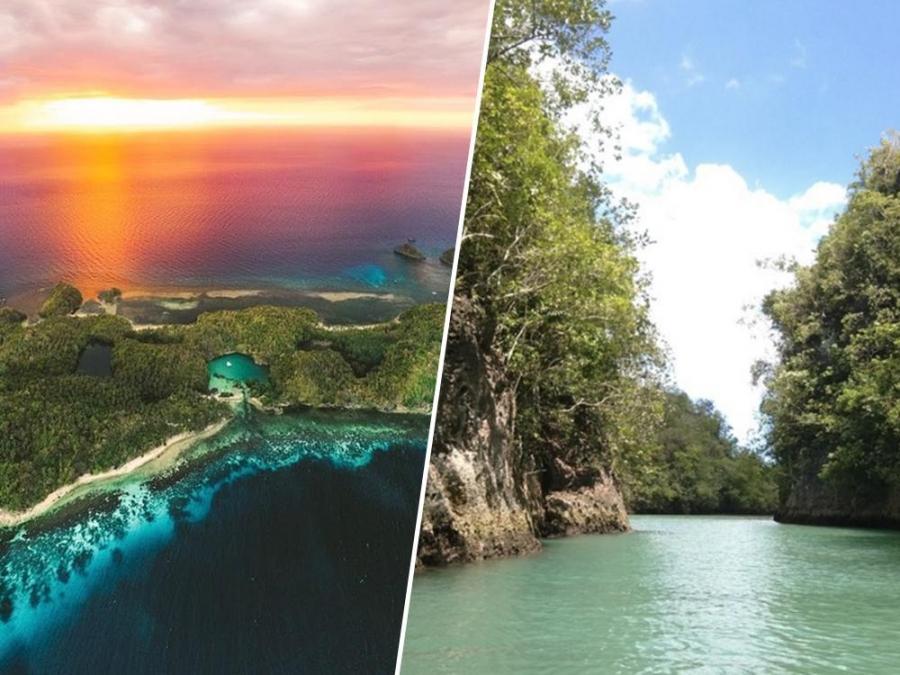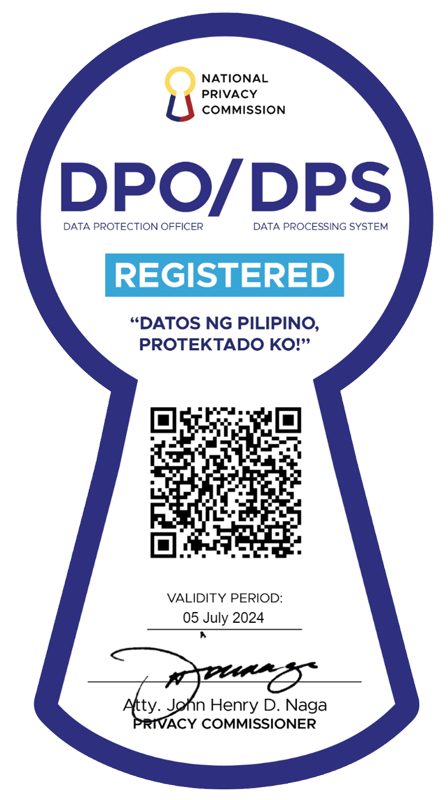
IN PHOTOS: Top 10 #AngPinaka Patok na Ecotourism Spots in the Philippines
Once the pandemic is over, where do you want to go? Here are 10 ecotourism spots in the Philippines where you can have fun exploring while conserving the environment and supporting the locals at the same time. Look HERE:
Palaui Island (Santa Ana, Cagayan Valley)
Palaui Island is situated on the northeastern tip of Luzon, in the town of Santa Ana in Cagayan Valley. It was designated as a national park in 2018 and won the ASEAN Community-Based Tourism Award in 2019 for promoting sustainable tourism. One of its main attractions is the Cape Engaño Lighthouse, which has a spactacular 360-degree view of Babuyan Island, Dos Hermanas Island, Pacific Ocean, and Engaño cove.
Apo Island (Dauin, Negros Oriental)
Apo Island is a volcanic island located in Dauin, Nergos Oriental, in the southeastern tip of the Negros Island. It's a popular diving and snorkeling destination, and its marine reserve is protected by the National Integrated Protected Area Act (NIPA) and under the jurisdiction of the Protected Area Management Board (PAMB).
Suyac Island Mangrove Eco-Park (Sagay City, Negros Occidental)
Suyac Island is part of the 32,000-hectare Sagay Marine Reserve and is surrounded by a four-hectare mangrove, including the oldest and largest Sonneratia Alba mangrove. The Suyac Island Mangrove Eco-Park is a community-based eco-tourism destination. In 1997, they won the Gawad Galing Pook award for the innovative pro-environment and pro-community practices of their local government unit.
Batanes
Batanes is the northernmost province of the Philippines, located in the Cagayan Valley region. It's currently in the tentative list of World Heritage Sites by the United Nations Educational Scientific and Cultural Organization (UNESCO). Aside from the breathtaking views comprised of rolling hills, boulder beaches, and stone houses, Batanes is also an admired eco-tourism destination. They practice sustainable farming and fishing; promote homestays instead of building five-star hotels, and preserve culture and tradition with their community building of stone houses.
Siargao
Siargao is known as the surfing capital of the Philippines and is home to Cloud 9, one of the well-known surfing spots in the country. It is located in the province of Surigao del Norte. There have been several efforts in Siargao to preserve and protect its environment. A beverage company has initiated a recycling campaign to make the island litter-free and also to promote sustainable tourism. The Department of Natural Resources has also launched Task Force Siargao, which makes sure that tourism establishments adhere to environmental laws, rules, and regulations.
Bojo River (Aloguinsan, Cebu)
Bojo River is located in the municipality of Aloguinsan in Cebu. They have an educational river cruise led by local tour guides--some of them are fisher folks in Aloguinsan. You can explore the natural beauty of Bojo River while learning about its mangrove biosphere and ecosystem, and also the importance of protecting it.
Tubbataha Reef (Palawan)
UNESCO declared the Tubbataha Reefs Natural Park a World Heritage Site on December 1993. The famous diving destination for sport divers is located in the middle of Sulu Sea, and is home to over 1,000 species of marine life, including endangered ones. Its only inhabitants are park rangers from the Philippine Navy, Philippine Coast Guard, Municipality of Cagayancillo, and the the Tubbataha Management Office (TMO), who protect the park from illegal fishing activities.
Masungi Georeserve (Baras, Rizal)
Masungi Georeserve is located in the Southern Sierra Madre range in Baras, Rizal, 47 kilometers east of Manila. They have a discovery trail where you can explore the 10-kilometer 60 million-year-old limestone formations. They have recently launched an online petition called Save Masungi, in order to protect the georeserve from quarrying operations. The Department of Natural Resources had responded immediately and vowed to close down the quarry.
Danjugan Island (Negros Oriental)
Danjugan Island is a privately owned island managed by an NGO. Visits must be pre-arranged, as they have limited capacity for tourists. They have tours and training that promote environmental conservation. You can also enjoy the beautiful island by swimming, diving, snorkeling, and bird-watching. Danjugan Island is also a sanctuary where scientists can conduct research and workshops.







